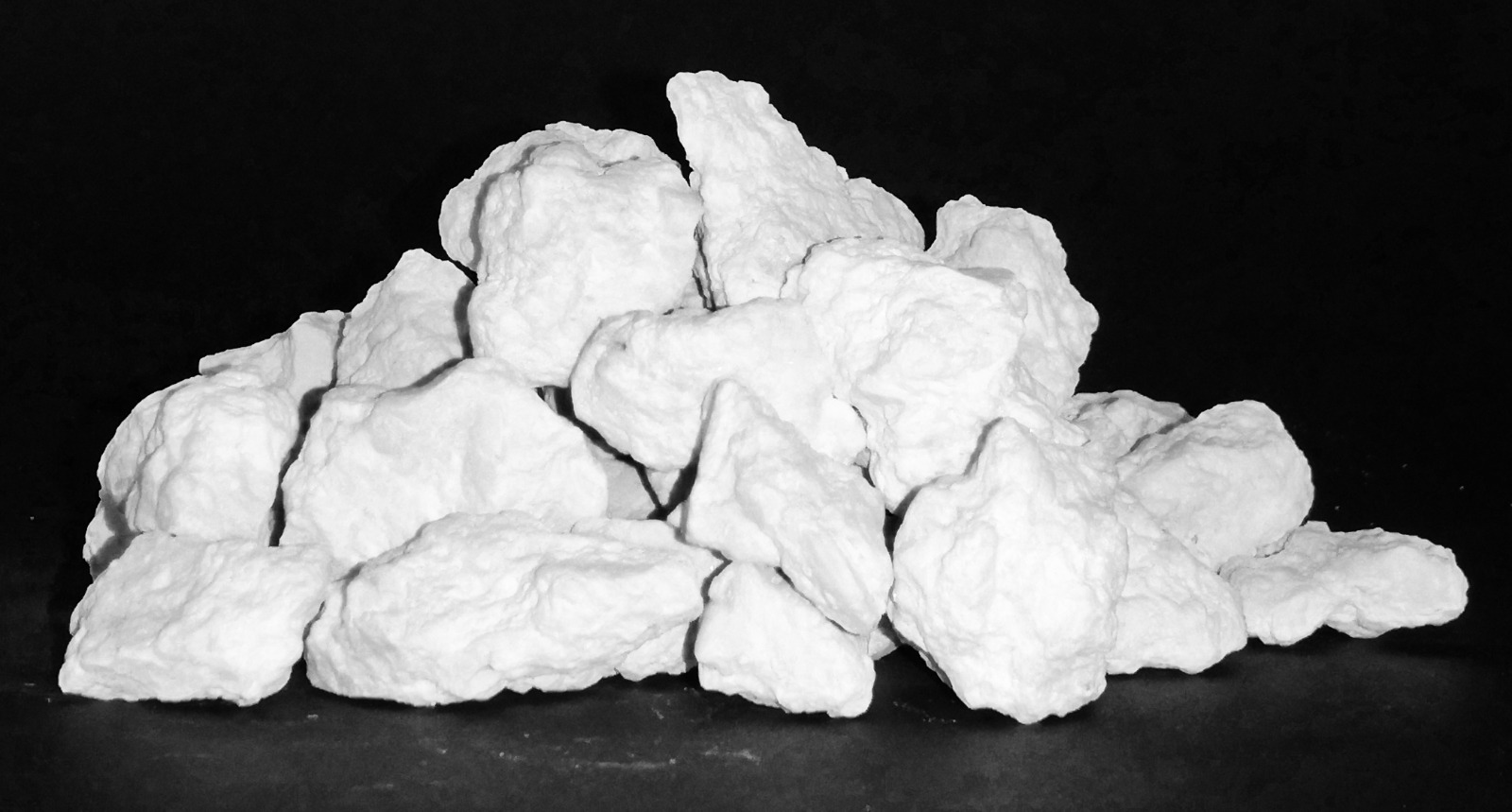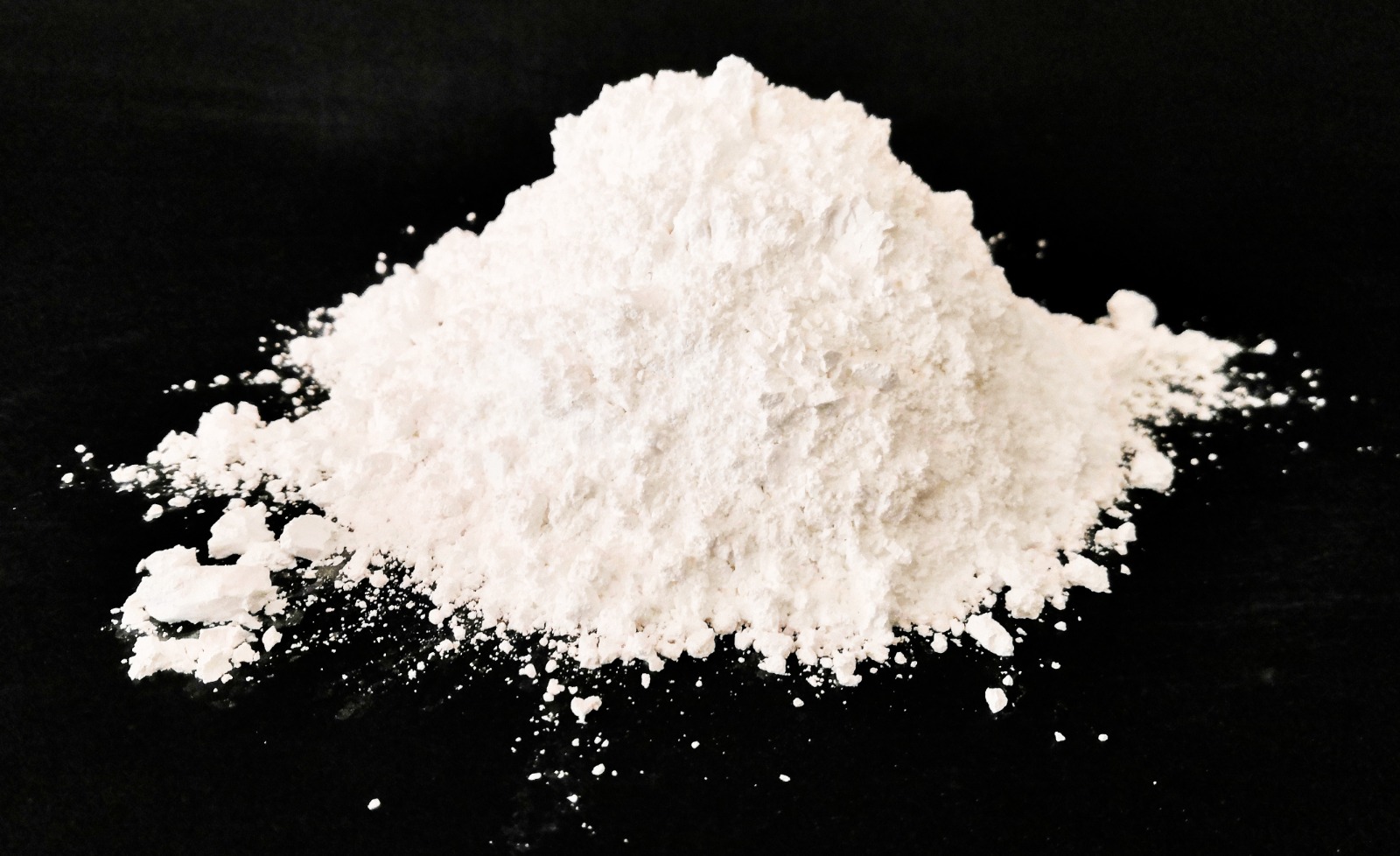Derivatives Of Calcium Carbonate
- Home
- CALCIUM CARBONATE
- Derivatives Of Calcium Carbonate
Derivatives Of Calcium Carbonate

Calcium carbonate (CaCO3) is a chemical compound with the molecular formula CaCO3. It is white, odorless, and tastes slightly salty. It is found in nature in many rocks and minerals, including limestone, lime, and chalk.
Calcium carbonate derivatives are chemical compounds derived from calcium carbonate. Some of the more common calcium carbonate derivatives include:

Calcium oxide (CaO)
a white solid used in building materials and industrial applications

Calcium hydroxide (Ca(OH)2)
is an alkali used in building materials and industrial applications
A Tale of Two Compounds
Calcium oxide and calcium hydroxide are two closely related compounds with distinct properties and applications. Let’s delve into their fascinating world:
Calcium Oxide (CaO):
- Nicknames: Quicklime, unslaked lime
- Appearance: White, odorless, lumpy solid
- Chemistry: Highly reactive with water, releasing heat and forming calcium hydroxide (Ca(OH)2). Equation: CaO + H2O → Ca(OH)2
Uses of Calcium Oxide:
Construction:
- Cement: Calcium oxide is a key ingredient in cement, the binding agent that holds bricks, concrete, and other building materials together. Its reaction with water releases heat and hardens, creating a strong and durable structure.
- Mortar and Plaster: Lime mortar, made from mixing calcium oxide with sand and water, has been used for centuries as a bonding agent for bricks and stones. It also forms the base for plaster, used for walls and ceilings.
Steelmaking:
- Fluxing Agent: In the steelmaking process, calcium oxide acts as a fluxing agent, helping to remove impurities like silica and sulfur from molten iron. This results in cleaner and higher-quality steel.
Environmental Applications:
- Water Treatment: Calcium oxide can be used to adjust the pH of water, making it less acidic and more suitable for drinking or industrial purposes. It also helps in neutralizing wastewater and sludge.
- Flue Gas Desulfurization: Coal-fired power plants emit sulfur dioxide, a harmful pollutant. Calcium oxide can be used in flue gas desulfurization systems to capture and remove this gas, reducing air pollution.
Agriculture:
- Soil Amendment: In acidic soils, calcium oxide can be used as a liming agent to raise the pH level and improve soil fertility. This allows crops to grow better and produce higher yields.
Calcium Hydroxide (Ca(OH)2):
- Nicknames: Slaked lime, hydrated lime
- Appearance: White, odorless, powdery solid
- Chemistry: Less reactive than calcium oxide, but still alkaline and reacts with acids. Dissolves in water to a limited extent, forming limewater
Uses of Calcium Hydroxide :
Construction:
- Mortar and Plaster: Just like its precursor, calcium oxide, calcium hydroxide is a critical component of mortar and plaster. Its binding properties and smooth texture make it ideal for creating strong and durable joints and surfaces.
- Brick Production: Calcium hydroxide aids in the production of certain types of bricks, providing whiteness and strength due to its reaction with clay during firing.
Environmental Applications:
- Wastewater Treatment: Similar to calcium oxide, calcium hydroxide neutralizes acidic wastewater and sludge, preventing damage to equipment and protecting waterways. Additionally, it helps solidify sludge for easier disposal.
- Flue Gas Desulfurization: Just like its anhydrous counterpart, calcium hydroxide finds use in capturing and removing sulfur dioxide from flue gas emissions, minimizing air pollution from sources like coal-fired power plants.
Food Industry:
- Corn Tortillas: Calcium hydroxide, known as cal in the industry, plays a crucial role in corn tortilla production. It adds firmness and elasticity to the tortillas, improving their texture and shelf life.
- Other Food Processing: Beyond tortillas, calcium hydroxide serves as a pH adjuster in various food processes, influencing texture and preventing spoilage in certain instances.
Medicine and Dentistry:
- Antacids: Calcium hydroxide’s alkaline properties make it a key ingredient in some antacids, neutralizing stomach acid and providing relief from heartburn and indigestion.
- Root Canal Fillings: Due to its antibacterial properties and ability to promote bone growth, calcium hydroxide finds use in root canal fillings to disinfect the tooth’s interior and stimulate healing.
Additional Applications:
- Soil Stabilization: In construction projects, calcium hydroxide can be used to stabilize weak or loose soil, improving its load-bearing capacity and preventing erosion.
- Leather Tanning: The tanning process for leather utilizes calcium hydroxide to remove unwanted hair and prepare the hides for further processing.
- Paper Industry: Calcium hydroxide plays a role in the production of certain types of paper, aiding in the pulping process and improving paper quality.
About the largest company in grinding and producing calcium carbonate Globe Stone Hills
Categories
Latest Posts
Contact the Globe Stone Hills team
Gallery
- © Copyright 2024. Globe Stone Hills




















